Knowledge Graphs organize and structure information in a semantically rich, context- These benefits include grounding models in facts, increasing contextual understanding, enabling traceable outputs, ensuring that up-to-date information can be queried and retrieved in real time, and bridging GenAI with other enterprise tools. While simpler GenAI applications may operate without them, knowledge graphs are indispensable for projects requiring deep data interconnectivity and nuanced insights. They organize large-scale data in ways that enhance GenAI’s analytical capabilities, enabling it to perform sophisticated tasks more effectively. |
 | The Entity-Event Data Model puts core ‘entities’ such as customers, patients, students or people of interest at the center and then collects several layers of knowledge related to the entity as ‘events’. Read this white paper to learn more about building Entity Event Knowledge Graphs. |
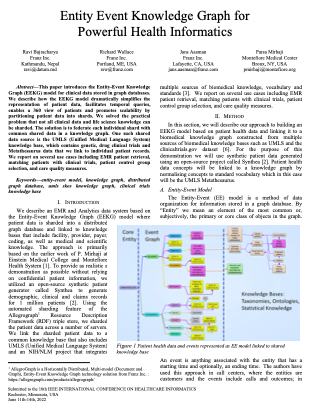 | This paper introduces the Entity-Event Knowledge Graph (EEKG) model for clinical data stored in graph databases. We describe how the EEKG model dramatically simplifies the representation of patient data, facilitates temporal queries, enables a 360 view of patients and promotes scalability by partitioning patient data into shards. We solved the practical problem that not all clinical data and life science knowledge can be sharded. The solution is to federate each individual shard with common shared data in a knowledge graph. One such shared data source is the UMLS (Unified Medical Language System) knowledge base, which contains genetic, drug clinical trials and Metathesaurus data that we link to individual patient records. We report on several use cases including EMR patient retrieval, matching patients with clinical trials, patient control group selection, and care quality measures. |
 | To address the challenges within UMLS, the study leverages a Neuro-Symbolic knowledge graph framework. This innovative approach integrates logic-based semantic reasoning, classical machine learning, and Large Language Models (LLMs) to clean the UMLS graph and eliminate cycles effectively. By validating existing hierarchical and equivalence relations through this framework, the project successfully prunes a significant number of cycles (66 %) from UMLS. This outcome demonstrates the potential of Neuro-Symbolic Al in enhancing the reliability and precision of biomedical information systems. A cleaned up UMLS saves time for data scientists that can have more trust in the outcome of their queries and might even save lives by being more precise in analytics underlying treatments. |
 | Franz, employing its decades of experience in Artificial Intelligence (AI), Machine Learning (ML) and Semantic Graph Database technology, develops and deploys applications to solve complex problems in supply chain management, including uncovering and preventing risks, automate onboarding, enable rapid identification of alternate suppliers to prevent delays, and uphold compliance needs. Read this white paper to learn more about Supply Chain Risk Management in AllegroGraph and Essilor’s Supply Chain Knowledge graph. |
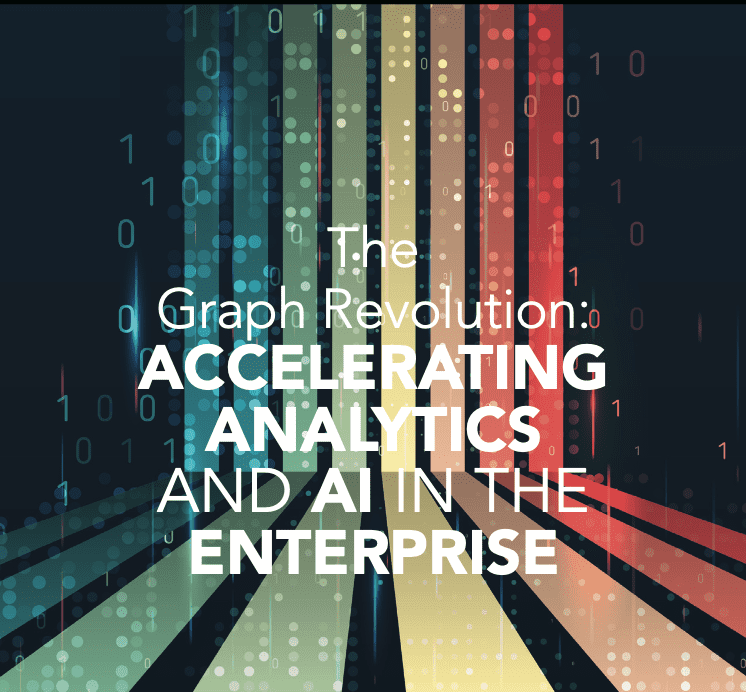 | The flexible, semantic nature of knowledge graphs makes them well-suited for managing and storing data from diverse, heterogeneous sources—data pipelines that continuously add new knowledge, connections, context, and inferences. Read this white paper to learn more about Knowledge Graphs and AI. |
 | With knowledge graphs, AI language models are able to represent the relationships and accurate meaning of data instead of simply generating words based on patterns. This allows AI to be a more trustworthy partner as we search the web. Read this white paper to learn more about Knowledge Graphs and AI. |
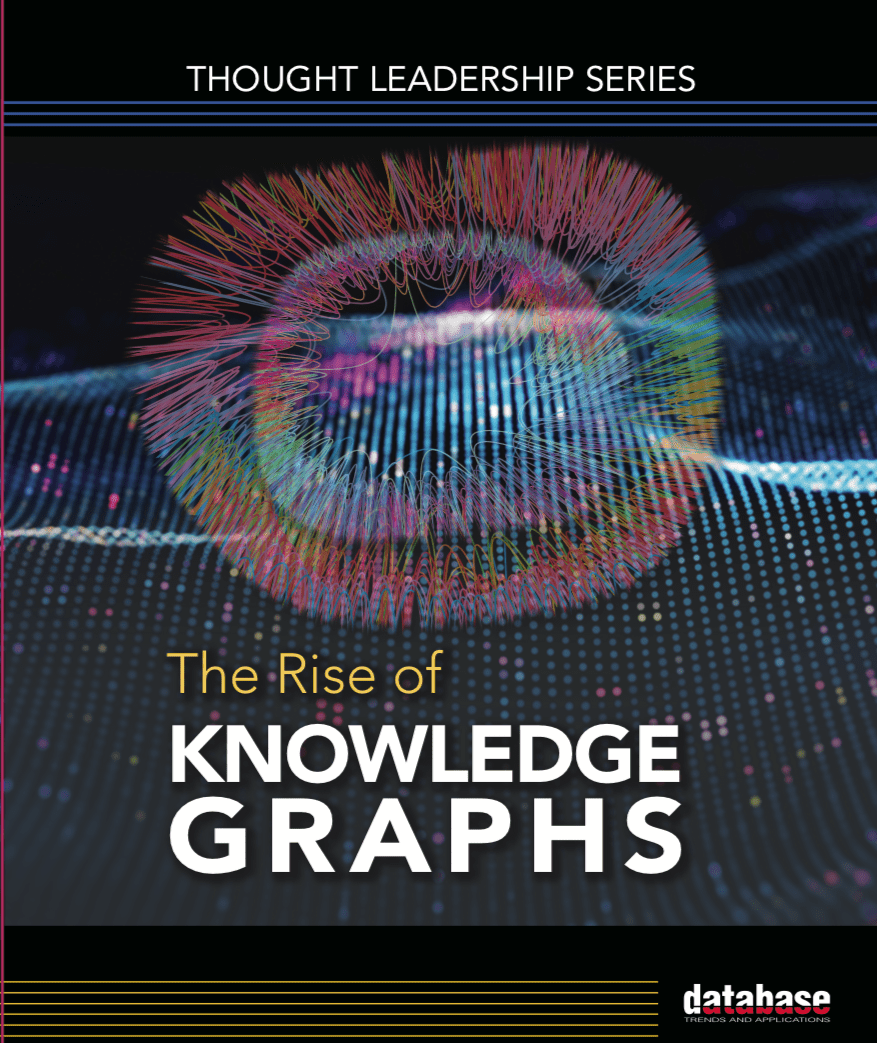 | The ability for knowledge graphs to gather information, relationships, and insights—and connect those facts—allows organizations to discern context in data, which is important for extracting value as well as complying with increasingly stringent data privacy regulations. |
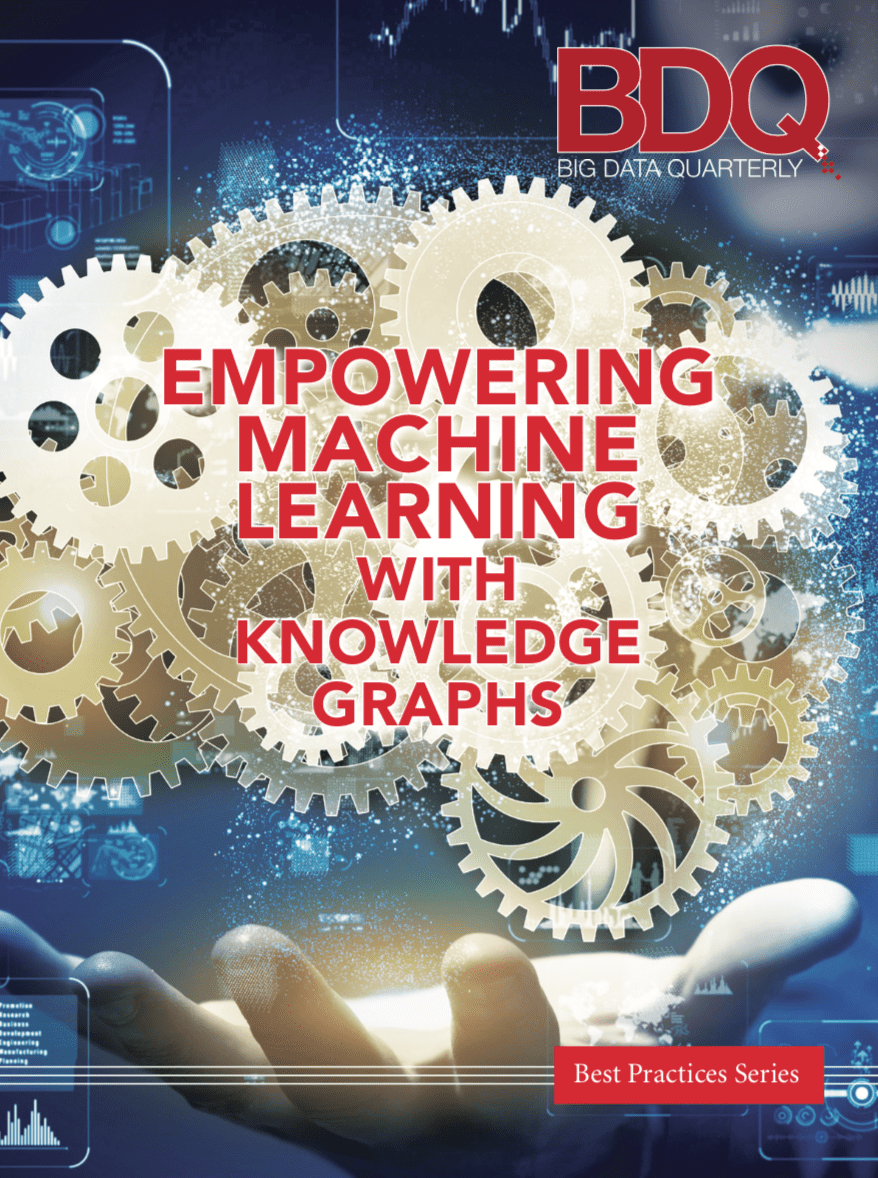 | Knowledge Graphs link together data of any variety, structure, or format in business terms via uniform data models. Organizations can then join and traverse all of their data, semantically tagged with unique machine-readable identifiers, making the platform ideal for intelligent systems, machine learning analytics, interoperability, and an array of other benefits influential for AI applications. |
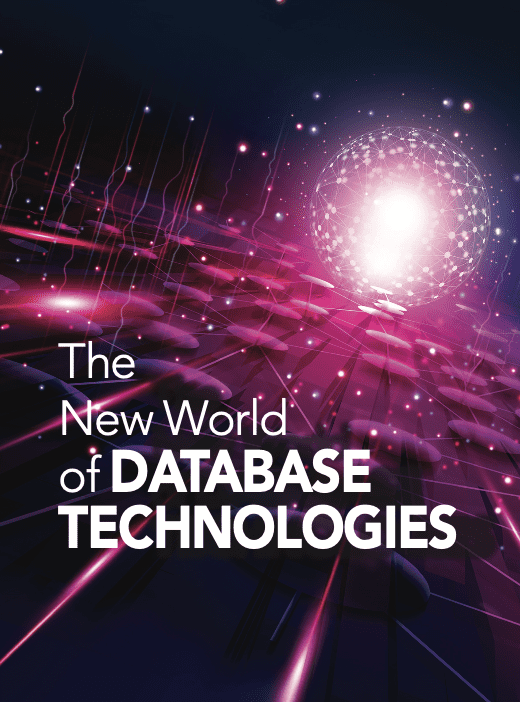 | This new world of technologies— combined with new ways of looking at the vast resource data offers—means a wealth of opportunities for not only growth in database environments, but also the growth of career for data managers. |
Read our most recent articles – News and Events Section
Archive – White Papers, Industry Publications, and Reports

